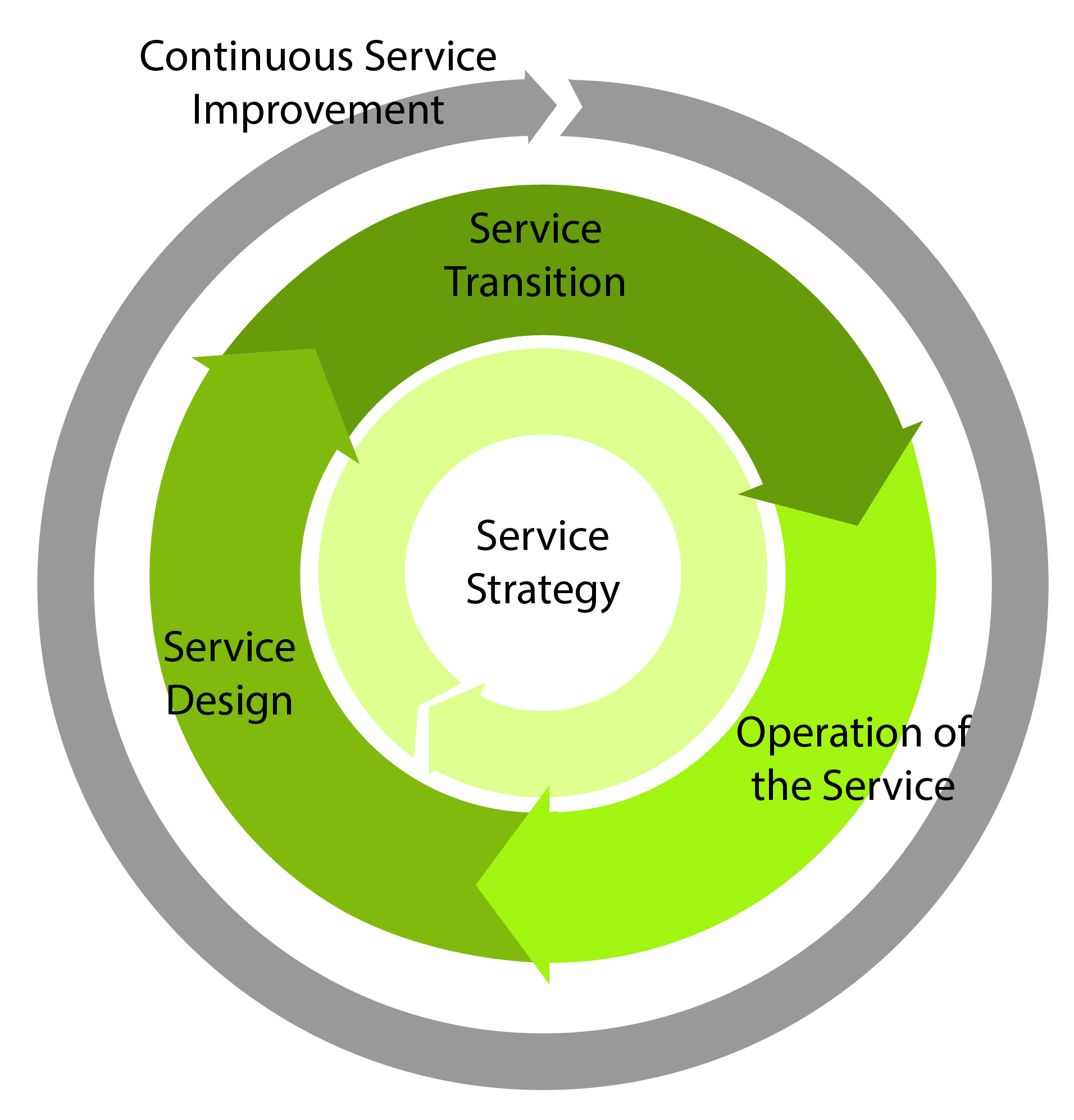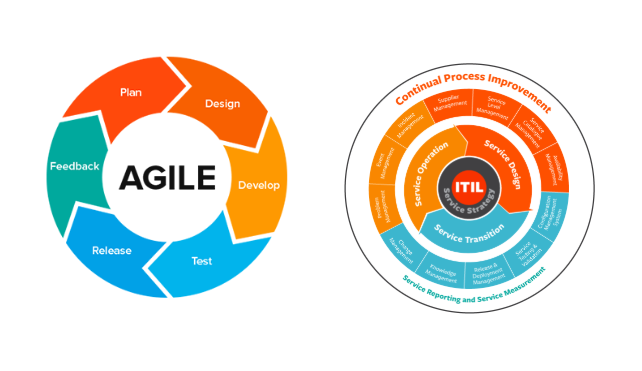
ITIL 4 still includes those elements from previous versions of ITIL that remain very much fundamental to service management and ITSM. Please keep reading for ITIL 4 explained (please note that it’s not ITIL V4!).
Itil methodology update#
For us at Axelos, one consequence of the Fourth Industrial Revolution is ITIL 4 – an update to ITIL v3 (2011 Edition) – that will help organizations, IT service management (ITSM) professionals, and others working in the digital world tackle the challenges brought on by digital disruption. The Fourth Industrial Revolution has brought digital disruption and new technologies with it, and one consequence is the need to adopt and accept new ways of working.

We now live in such a fast-paced and ever-changing world that both businesses and individuals need to be more agile, constantly ready, and equipped with the right skills in order to survive. Moreover, it gives the opportunity to form a progressive corporate culture of the company.Let’s talk about ITIL or, more specifically, ITIL 4. As a result of the implemented measures, it becomes possible to make adjustments in strategic goals of the enterprise, to strengthen interaction between the enterprise as a whole and IT departments. The study once again shows that the modernization of IT structures in accordance with ITIL guidelines ensures the stability of IT services in modern conditions of strict control of investments in IT from the point of rapidly developing businesses.

The methodology developed assumes continual improvement of the services. In addition, availability of the documents that describes the work management processes, performance indicators for the processes helps to ensure that the services are delivered on best-practice basis. The results achieved allows IT department of the organization to provide timely support for service requests and new business initiatives: implement changes and maintain the stability of the current research as well as reduce the risks associated with them. That is why, each project of ITIL recommendations implementation is unique and has its own novelty as it applies to a unique organization. It provides a framework for streamlining the methods already used in the company. Instead, ITIL focuses on the best practices that can be applied in different areas depending on the needs of the organization. ITIL may be very useful, however, it is not a ready-to-use methodology, it does not have detailed process maps, does not provide (and cannot provide actually) any working instructions.

At this stage, processes were selected because they are the most necessary processes for the IT department.

To implement the project, the following processes have been selected: incident management process, configuration items management, change management process, user interaction and problem management processes. In of the economic crisis, there is now a growing interest in the implementation of processes in accordance with the methodology of ITIL and ITSM. Thus, processes have been automated in the company LLP ∽elta-K. In general, ITIL methodology can be applied to any entity regardless of its size, type and industry. For that purpose ITIL methodology were used. Abstract: In the study, researchers are trying to find a way to minimize the costs of IT-department and make the research more efficient.


 0 kommentar(er)
0 kommentar(er)
